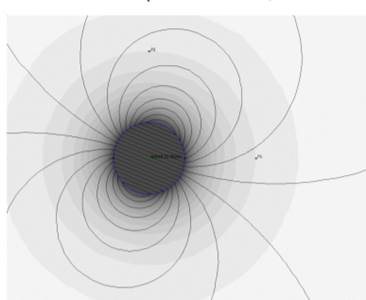Team,
It seems that a comparable magnet is used in the SLYA036A (+ video) and in the DRV5055-ANGLE-EVM board (see below pictures).
However the DRV5xxx sensor is placed differently:
-Can you please explain the differences?
-What is the best placement and for which use case?
-I saw an E2E post mentioning the FEMM tool. Does it help to choose the best sensor/magnet orientation ?





